The Staggering Scale of America’s Abandoned Communities
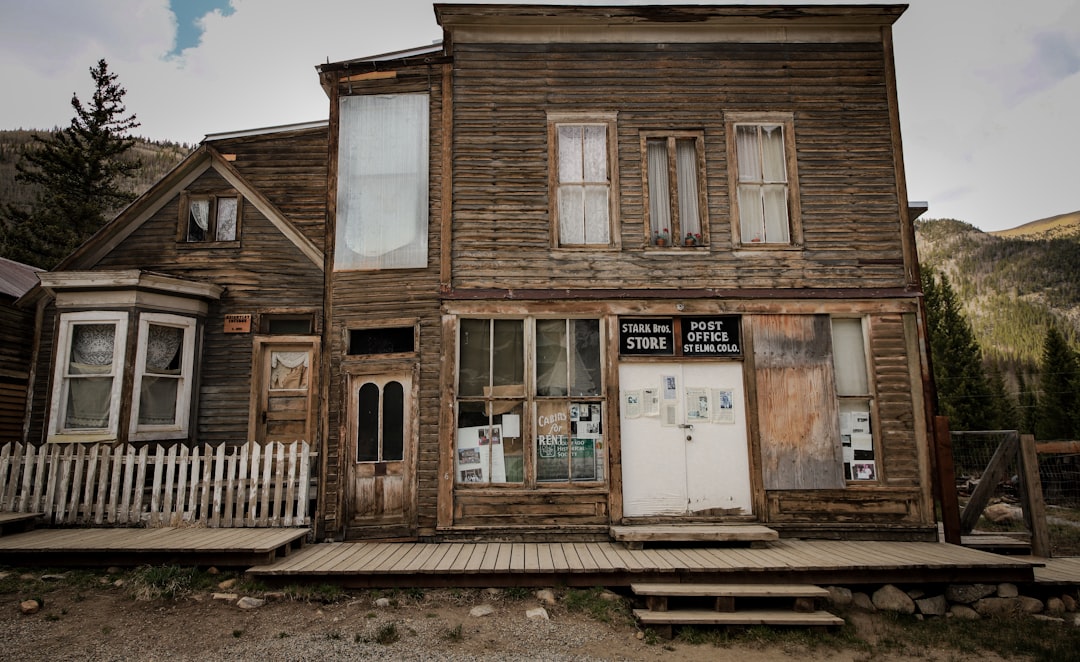
Did you know that America has over 6,000 ghost towns scattered across its landscape? According to the National Trust for Historic Preservation, these abandoned settlements represent more than just empty buildings—they’re time capsules that tell the complex story of American ambition, economic cycles, and environmental challenges. The Western states lead this haunting count, with Montana alone hosting approximately 700 ghost towns, while Nevada claims over 600 abandoned communities. These numbers have grown significantly since the 2008 recession, when economic pressures forced many small towns to lose their last residents. The phenomenon isn’t slowing down either, as rural America continues to face population decline and economic hardship.
Mining Boom and Bust: The Original Ghost Town Creators
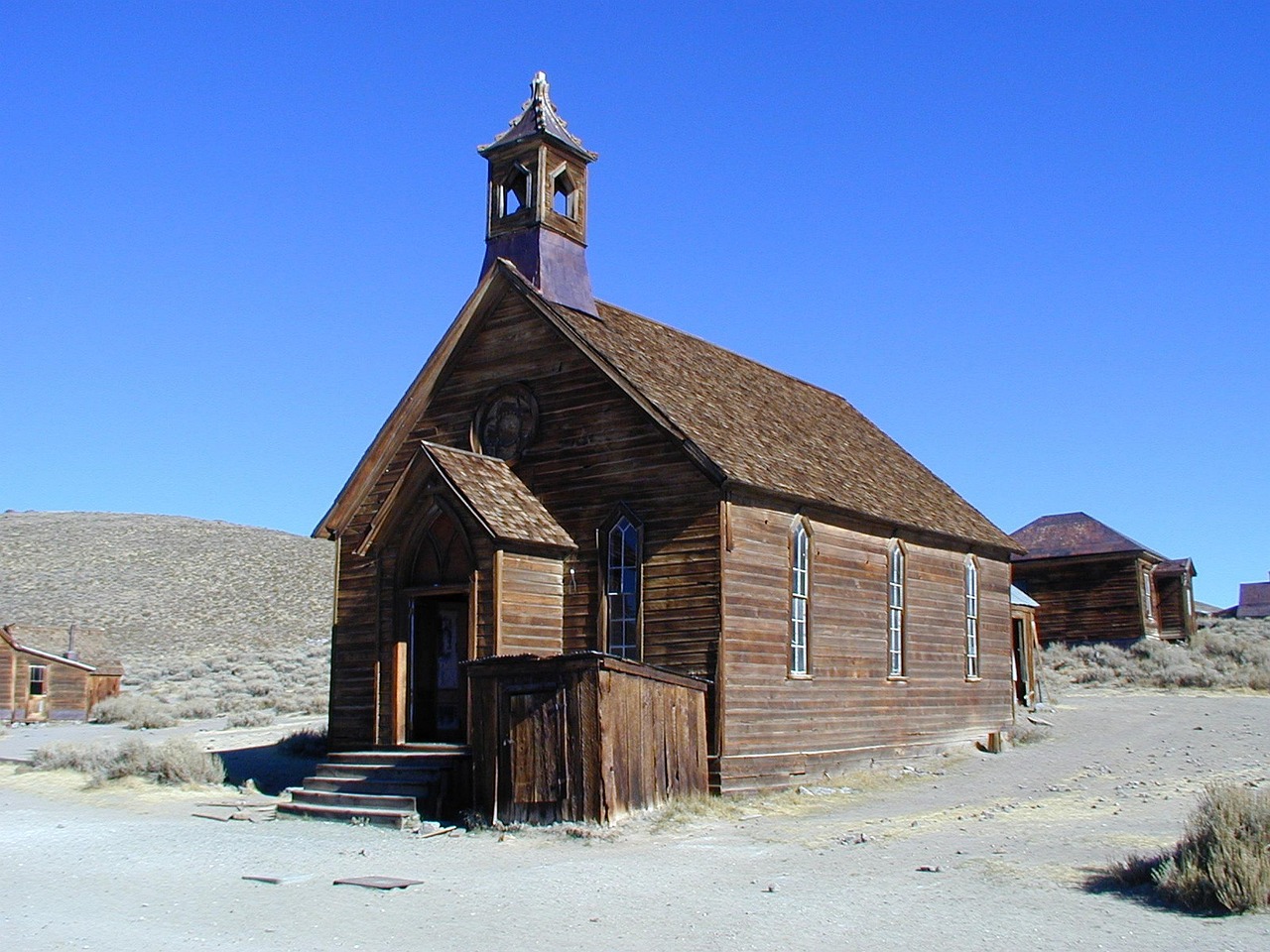
The classic American ghost town story begins with the discovery of precious metals in the mid-1800s. Towns like Bodie, California, once boasted populations of 10,000 people during the gold rush, complete with saloons, schools, and newspapers. When the ore ran out, these bustling communities became empty shells within months. According to the U.S. Geological Survey, over 40,000 abandoned mines exist in the Western United States, each representing a community that once thrived on mineral extraction. The pattern was brutally simple: boom towns could emerge in weeks, flourish for years, then disappear just as quickly when the economic foundation crumbled. This cycle of rapid growth and abandonment created the template for modern ghost towns across America.
Railroad Towns: When the Tracks Moved On
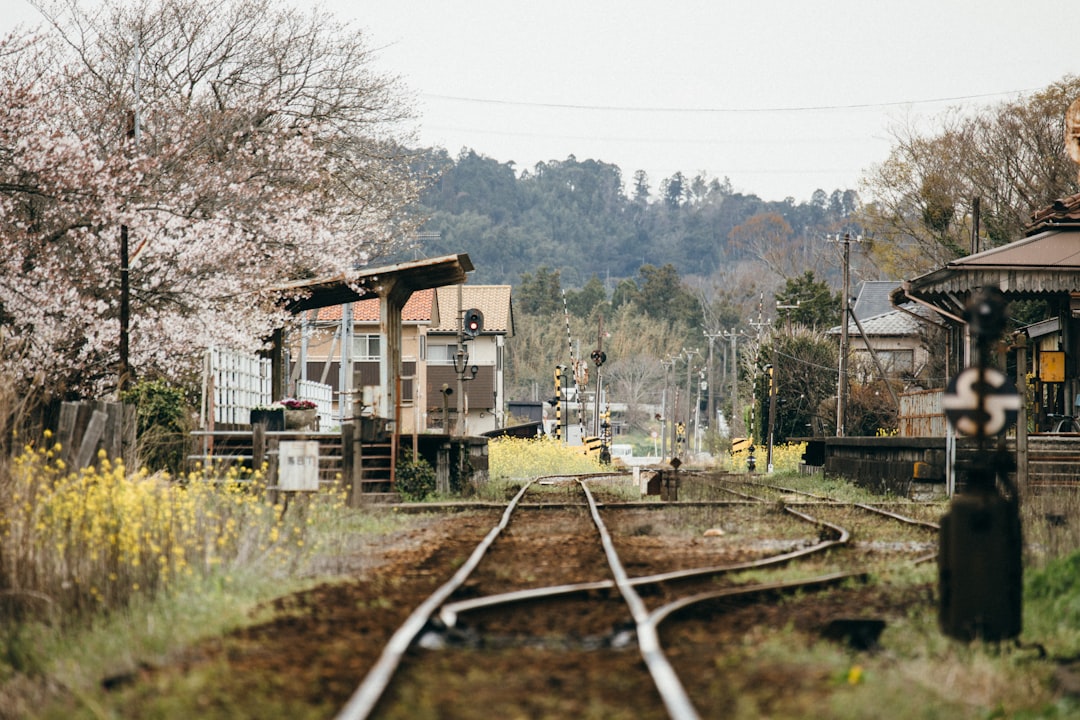
The expansion of America’s railroad network in the late 1800s created hundreds of small towns that existed solely to serve the iron horse. These communities provided water, fuel, and supplies for steam locomotives crossing vast distances. However, technological advances in diesel engines and longer-range trains eliminated the need for frequent stops. The Federal Railroad Administration reports that the U.S. has lost over 40% of its railroad mileage since 1916, taking many communities with it. Towns like Rhyolite, Nevada, and Calico, California, exemplify this pattern—they flourished as railroad hubs before becoming tourist attractions showcasing their abandoned glory. The transformation from vital transportation centers to empty shells happened within a single generation for many communities.
The Dust Bowl Legacy: Climate Change’s First Ghost Towns

The 1930s Dust Bowl created America’s first climate-induced ghost towns, a phenomenon that’s becoming increasingly relevant today. According to the National Weather Service, the Dust Bowl forced approximately 3.5 million people to abandon their homes in the Great Plains. Towns like Thurber, Texas, and Glenrio, Texas-New Mexico, became casualties of environmental disaster combined with economic collapse. The drought and dust storms made farming impossible, while the Great Depression eliminated alternative economic opportunities. These communities serve as stark reminders of how quickly environmental changes can transform thriving settlements into abandoned ruins. Modern climate scientists point to these historical examples when discussing potential future impacts of climate change on rural communities.
Oil Boom Towns: Black Gold’s Broken Promises
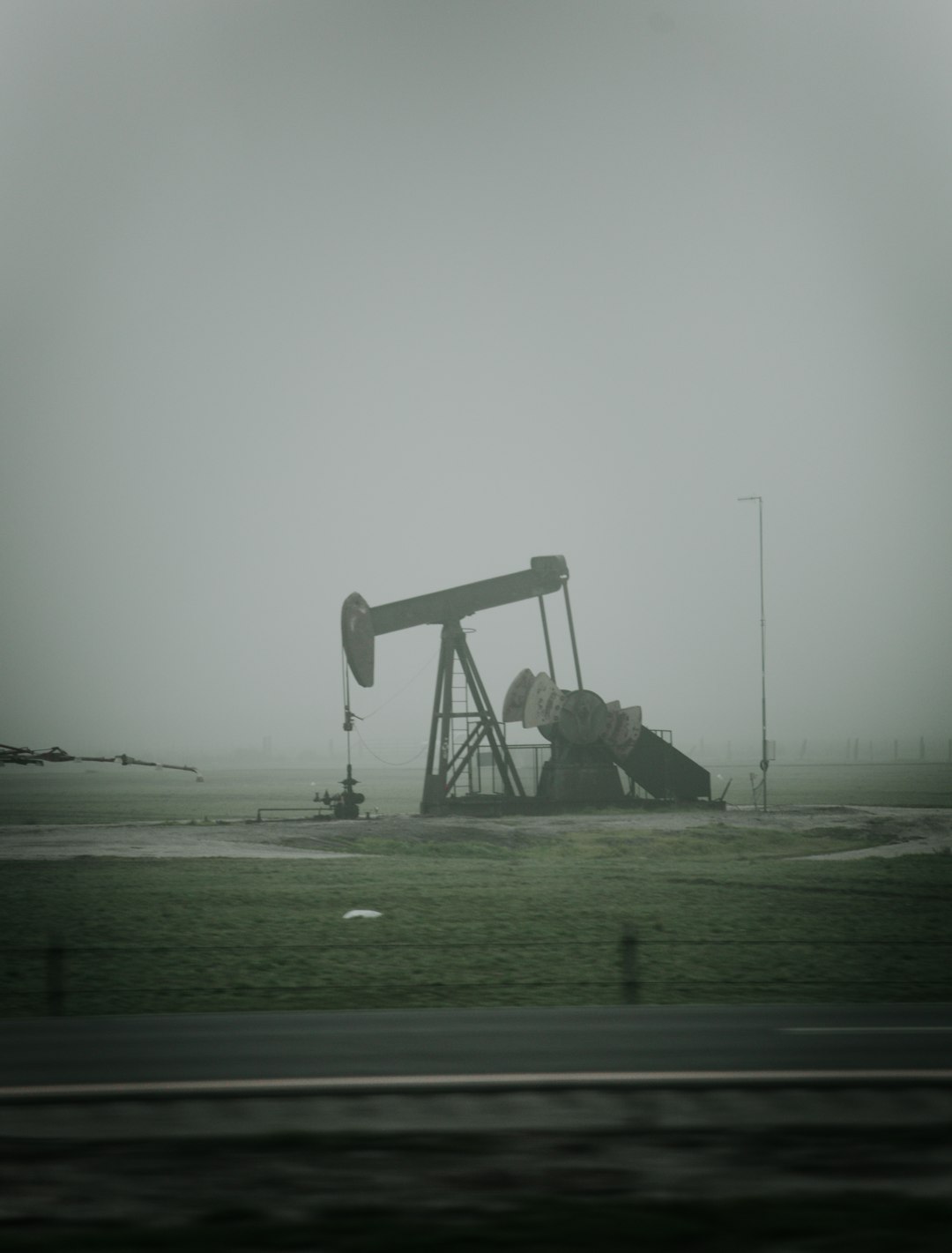
The discovery of oil created some of America’s most dramatic boom-and-bust cycles, leaving behind ghost towns that rival any Western mining settlement. Pithole, Pennsylvania, grew from wilderness to 15,000 residents in just five months during the 1865 oil boom, then virtually disappeared when the wells ran dry. More recently, North Dakota’s Bakken oil fields created modern boomtowns that peaked around 2014 before declining oil prices forced many workers to leave. The U.S. Energy Information Administration reports that oil-dependent communities face unique challenges, with employment fluctuating wildly based on global commodity prices. These towns often lack economic diversification, making them particularly vulnerable to market crashes. The pattern continues today, with fracking boomtowns in Texas and Colorado experiencing similar cycles of explosive growth followed by rapid decline.
Agricultural Ghost Towns: When Farming Couldn’t Sustain Communities

The mechanization of agriculture and corporate farming have created a new category of ghost towns across America’s heartland. According to the USDA, the number of farms in the United States has declined from 6.8 million in 1935 to just 2.0 million in 2023. Small farming communities that once supported local businesses, schools, and services found themselves obsolete as large-scale operations required fewer workers. Towns like Monowi, Nebraska, now has a population of one, while hundreds of similar communities struggle with aging populations and declining services. The consolidation of family farms into corporate agribusiness has eliminated the economic foundation that supported these rural communities. Climate change and water scarcity are accelerating this trend, particularly in the Great Plains where drought conditions have made farming increasingly difficult.
Industrial Ghost Towns: When Factories Closed Forever
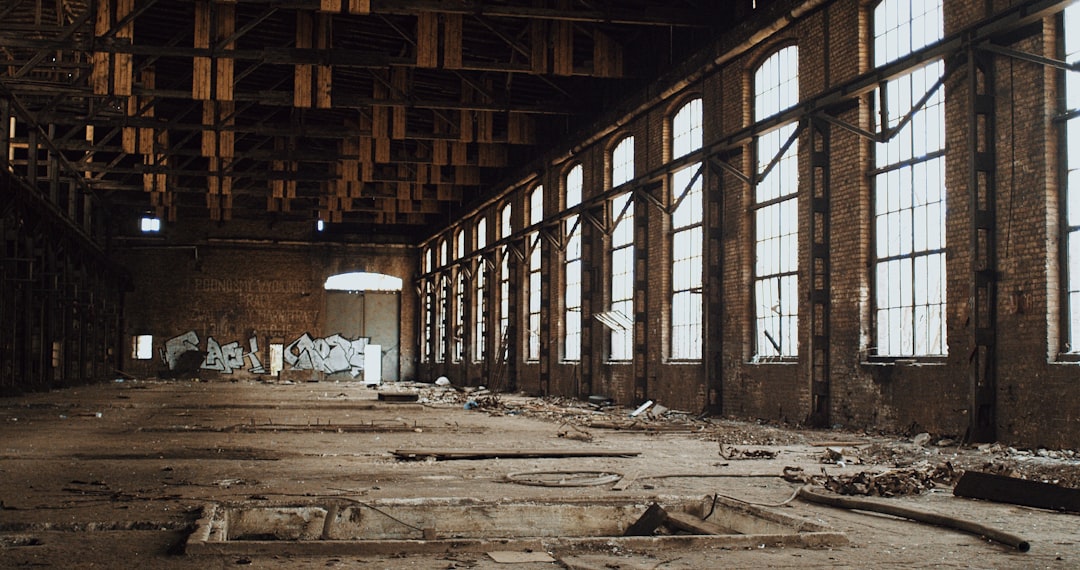
The deindustrialization of America has created ghost towns in unexpected places, from the Rust Belt to textile communities in the South. According to the Economic Policy Institute, the U.S. lost approximately 5 million manufacturing jobs between 2000 and 2010, devastating communities built around single industries. Towns like Centralia, Pennsylvania, became uninhabitable due to an underground coal fire that’s been burning since 1962, while Detroit has entire neighborhoods that resemble ghost towns. The closure of steel mills, automobile plants, and textile factories left behind communities with no economic foundation. Unlike mining towns that were always temporary, these industrial communities were built to last, making their abandonment particularly poignant. The infrastructure remains—roads, schools, hospitals—but the people and purpose have vanished.
Route 66 Ghost Towns: When America Changed Direction

The construction of the Interstate Highway System in the 1950s created a new type of ghost town along America’s old highways. Route 66, once known as the “Mother Road,” supported dozens of small communities that catered to cross-country travelers. According to the National Park Service, towns like Glenrio, Texas, and Amboy, California, thrived on tourist traffic before Interstate 40 bypassed them entirely. These communities offered gas stations, motels, and restaurants to travelers making the journey between Chicago and Los Angeles. When the new highways redirected traffic, these towns lost their primary source of income almost overnight. The Federal Highway Administration estimates that the Interstate system bypassed over 20,000 miles of older highways, leaving many communities stranded. These ghost towns represent how infrastructure changes can make entire communities obsolete.
Nuclear Ghost Towns: The Atomic Age’s Abandoned Legacy

The nuclear industry has created some of America’s most unusual ghost towns, communities abandoned not due to economic failure but safety concerns. Centralia, Washington, and areas around the Hanford Site were evacuated due to radioactive contamination from nuclear weapons production. According to the Department of Energy, the U.S. has spent over $150 billion on nuclear cleanup efforts since 1989, with many communities remaining uninhabitable. The town of Pripyat in Ukraine serves as a global example, but America has its own nuclear ghost towns that remain largely unknown to the public. These communities represent the hidden costs of the atomic age and the long-term consequences of nuclear technology. The Department of Energy continues to monitor dozens of former nuclear sites where communities once thrived.
Climate Change and Modern Ghost Towns
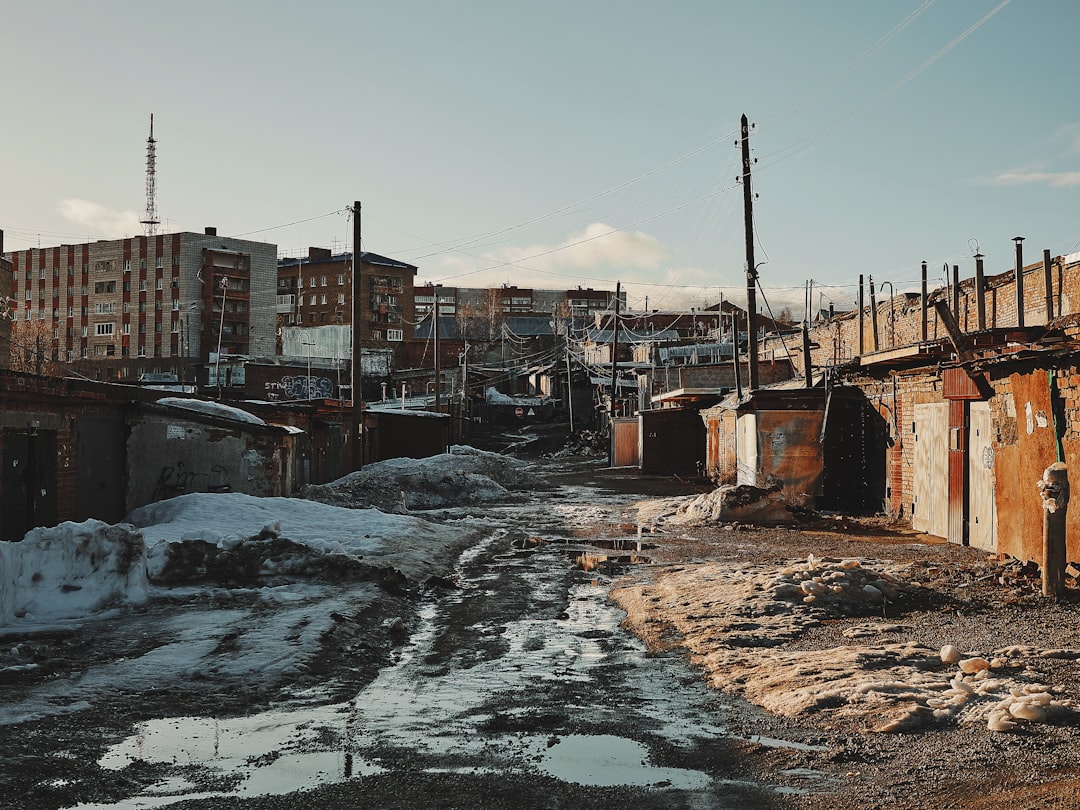
Rising sea levels, extreme weather, and prolonged droughts are creating America’s newest ghost towns at an accelerating pace. According to NOAA, sea level rise threatens over 4.2 million Americans living in coastal communities, with some towns already beginning managed retreats. The town of Newtok, Alaska, is relocating its entire population due to coastal erosion, while communities in Louisiana’s Isle de Jean Charles have been dubbed “America’s first climate refugees.” California’s Central Valley has seen agricultural communities abandon due to severe drought conditions and water restrictions. The National Climate Assessment predicts that climate change will accelerate rural population decline, particularly in areas vulnerable to extreme weather events. These modern ghost towns represent a preview of how environmental changes might reshape American settlement patterns in the coming decades.
Economic Lessons from Ghost Towns
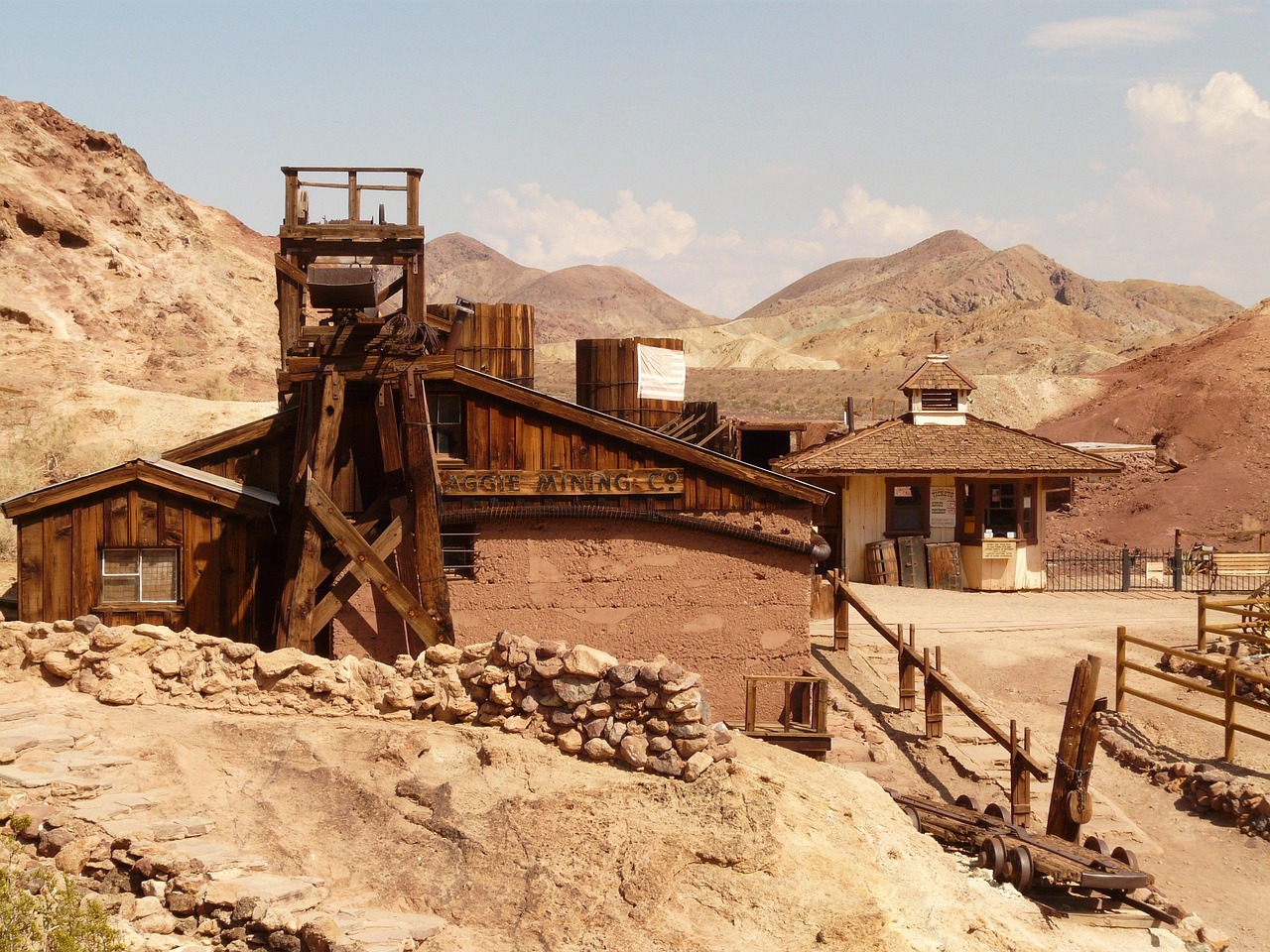
Ghost towns reveal fundamental truths about economic sustainability and the dangers of single-industry dependence. According to research by the Federal Reserve Bank of Kansas City, communities with diversified economies are 40% less likely to experience population decline than those dependent on a single industry. The ghost town phenomenon demonstrates how quickly communities can collapse when their economic foundation disappears. Successful towns that avoided abandonment typically developed multiple income sources, invested in education, and maintained connections to larger economic networks. The Brookings Institution’s research shows that geographic isolation significantly increases a community’s vulnerability to economic shocks. These lessons become increasingly relevant as automation and globalization continue to reshape American employment patterns.
Digital Age Ghost Towns: When Technology Bypasses Communities
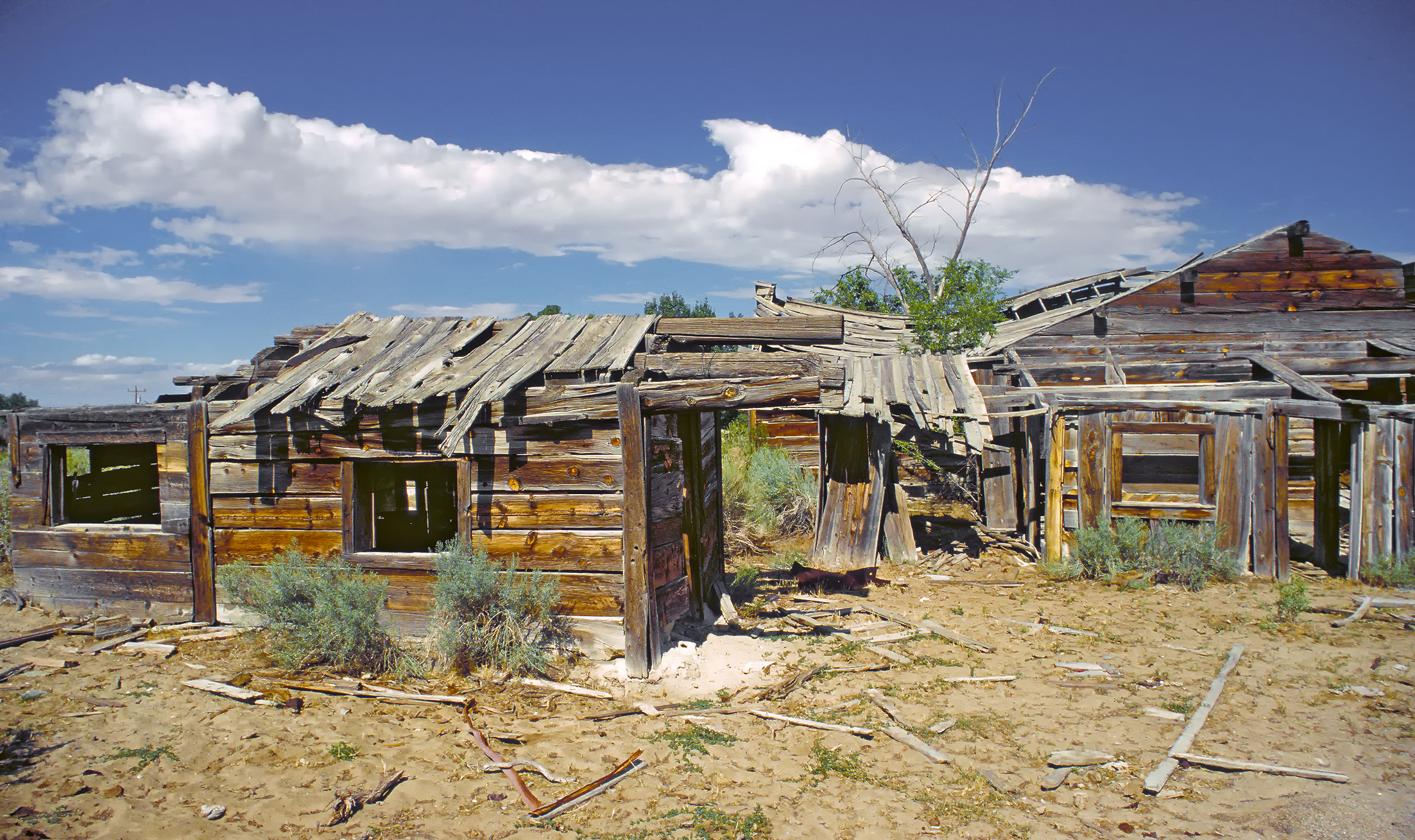
The digital revolution is creating a new category of ghost towns as e-commerce and remote work eliminate the need for certain types of communities. According to the FCC, approximately 21.3 million Americans lack access to broadband internet, creating a “digital divide” that threatens rural communities. Towns that once served as regional shopping centers find themselves obsolete as residents order online instead of visiting local businesses. The COVID-19 pandemic accelerated this trend, with many small businesses closing permanently while online retailers thrived. The Bureau of Labor Statistics reports that retail employment in small towns has declined by 15% since 2020, with many communities unable to adapt to digital commerce. These technological ghost towns represent how innovation can inadvertently destroy the communities that progress was meant to help.
Ghost Towns as Modern Tourist Attractions
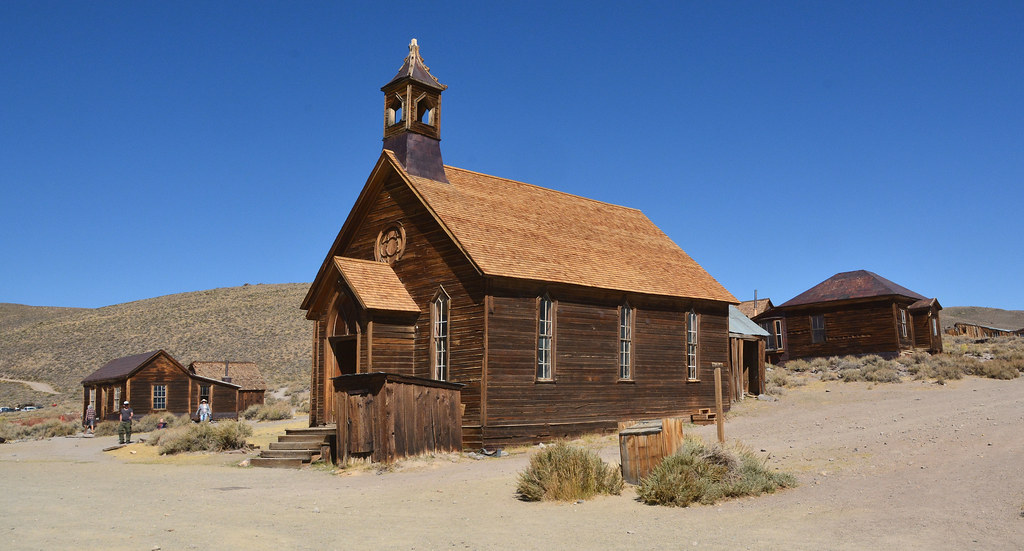
Many abandoned communities have found new life as tourist destinations, generating revenue from their own demise. According to the National Trust for Historic Preservation, heritage tourism contributes over $192 billion annually to the U.S. economy, with ghost towns representing a significant portion of these visits. Towns like Tombstone, Arizona, and Virginia City, Nevada, have successfully marketed their abandoned status to attract visitors seeking authentic Wild West experiences. The transformation from functional community to tourist attraction requires careful balance between preservation and commercialization. Some ghost towns have become movie sets, providing backdrops for Western films and television shows. This economic resurrection demonstrates how communities can reinvent themselves even after their original purpose has vanished.
What Ghost Towns Predict About America’s Future
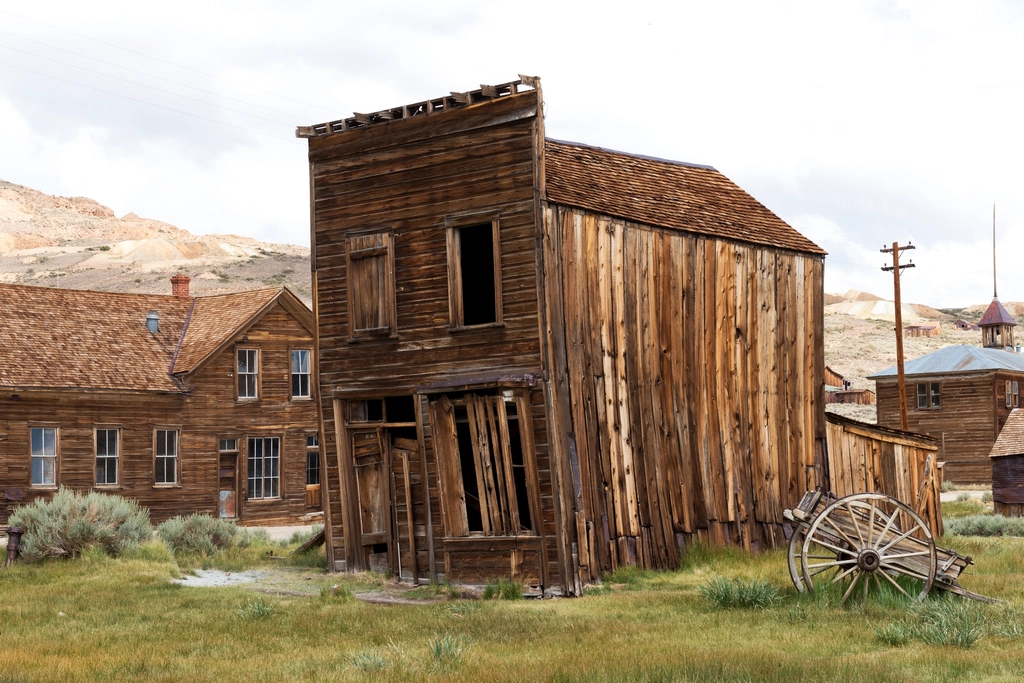
The patterns revealed by America’s ghost towns offer sobering predictions about the future of rural communities facing similar challenges. According to the U.S. Census Bureau, 80% of American counties experienced population decline between 2010 and 2020, suggesting that the ghost town phenomenon may accelerate. Climate change, technological disruption, and economic consolidation are creating conditions similar to those that created historical ghost towns. The difference is that modern communities often have more infrastructure investment, making abandonment economically painful for governments and taxpayers. Rural hospitals, schools, and public services face closure as populations decline, creating a cascade effect that accelerates abandonment. However, some communities are successfully adapting by embracing remote work, renewable energy, and sustainable agriculture, suggesting that ghost town status isn’t inevitable for every struggling community.
Preservation Efforts and Historical Significance
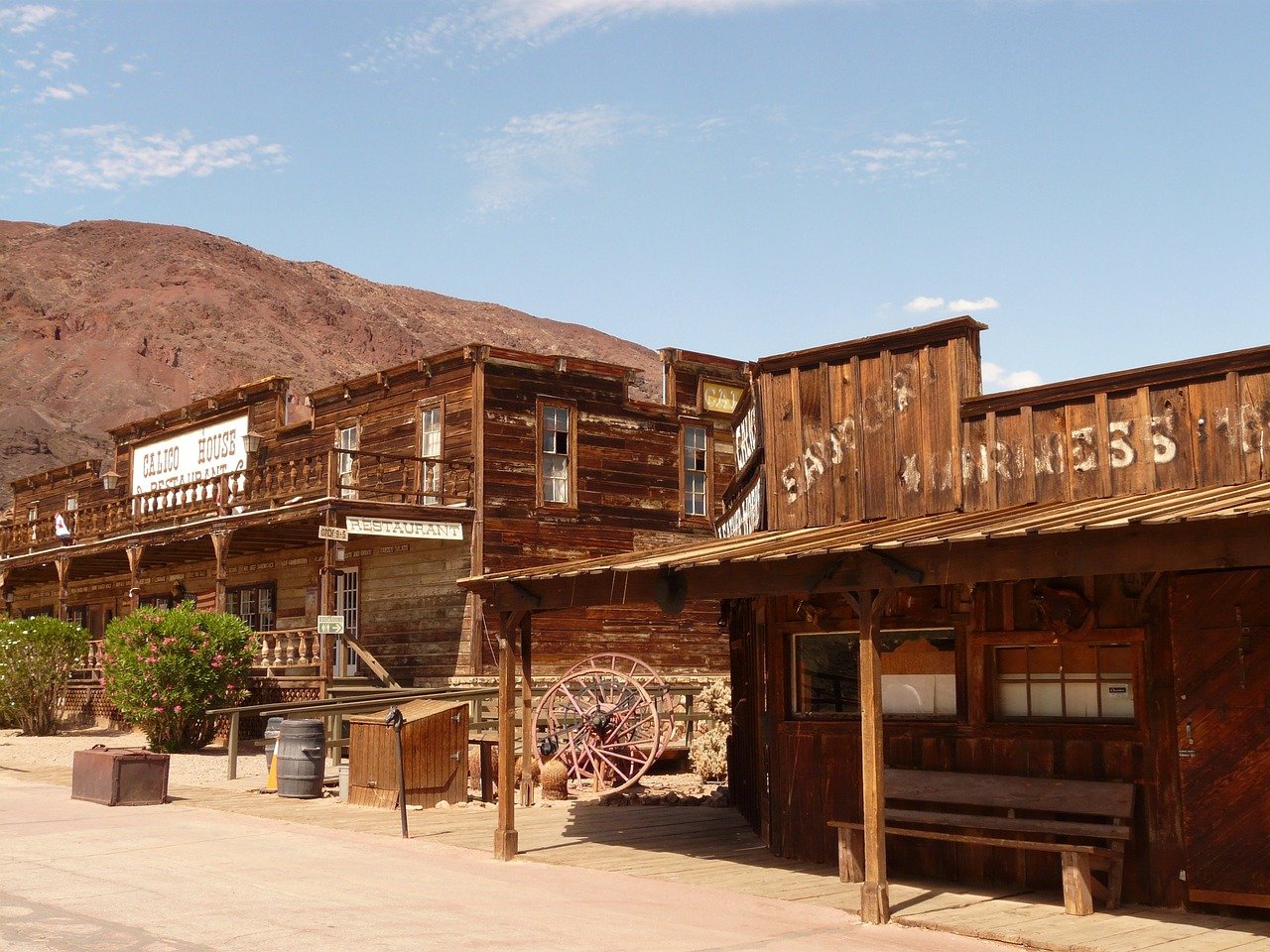
Ghost towns serve as invaluable historical records, preserving snapshots of American life across different eras and economic conditions. The National Park Service manages several ghost town sites, including Rhyolite, Nevada, and Bodie, California, as historical landmarks that educate visitors about America’s past. According to the Advisory Council on Historic Preservation, over 1,000 ghost towns are listed on the National Register of Historic Places. These sites provide archaeologists and historians with pristine examples of 19th and 20th-century American communities. The preservation challenge is significant, as many ghost towns are deteriorating due to weather, vandalism, and natural decay. Private organizations and local historical societies often struggle to maintain these sites without adequate funding, making many ghost towns vulnerable to complete loss.
The ghost towns scattered across America’s landscape aren’t just abandoned buildings—they’re prophetic warnings about the fragility of communities built on single industries, geographic isolation, and resistance to change. These empty settlements remind us that permanence is an illusion, and that even the most prosperous communities can vanish when their economic foundations shift. What lessons will future generations learn from the ghost towns we’re creating today?



